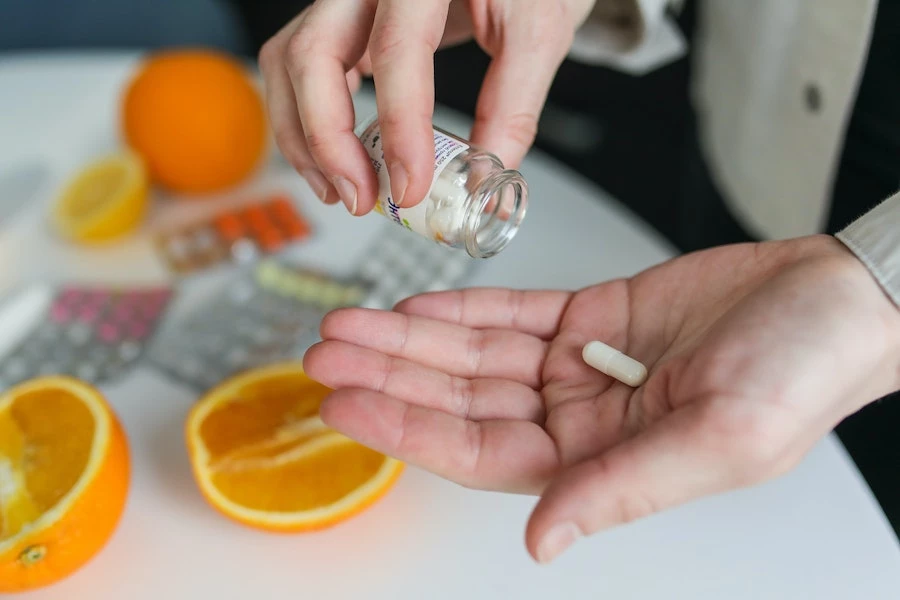Suboxone Treatment: A Game-Changer In Addiction Recovery
Share
Suboxone is a medication that aids in opioid addiction recovery by helping individuals manage withdrawal symptoms and cravings. Suboxone is a game-changer in addiction recovery because it helps s individuals achieve long-term sobriety and improve their overall quality of life. Examine the benefits of Suboxone treatment, the medication usage, and what to expect during recovery.
How Is Suboxone Used?
Suboxone is part of medication-assisted treatment (MAT) for opioid addiction. Healthcare professionals prescribe Suboxone, and patients get the medication in a doctor’s office or clinic. When using Suboxone to treat addiction, tablets or films are taken once or several times a day, depending on the need and what the doctor recommends.
Benefits Of Suboxone Treatment
Below are some of the most important advantages of Suboxone treatment.
Reduces Withdrawal Symptoms. One of the many benefits of Suboxone treatment is that it aids in reducing withdrawal symptoms. Suboxone contains buprenorphine, a partial opioid agonist that relieves discomfort, prevents cravings, and reduces the severity of withdrawal symptoms. Individuals prescribed Suboxone will gradually reduce their dependence on the drug while minimizing the unpleasant and sometimes debilitating symptoms of quitting opioids.
Decreases Cravings. Another notable benefit of Suboxone treatment is its ability to decrease cravings for illicit substances. This is a crucial aspect of addiction recovery because overwhelming cravings lead individuals to relapse. Suboxone works by attaching to the same receptors in the brain that opioids bind to, thereby reducing withdrawal symptoms and cravings. This approach allows the individual to focus on their recovery without constantly feeling like they need to use drugs to feel normal. By reducing cravings, Suboxone treatment can help individuals to remain sober long-term and regain control of their lives.
Safe and Effective Medication. Suboxone treatment provides a safe and effective option for individuals struggling with opioid addiction. As a medication-assisted treatment, Suboxone combines buprenorphine and naloxone to manage withdrawal symptoms and cravings effectively. Unlike other medications used to treat addiction, Suboxone has a lower risk of abuse and dependence, making it a safer option for long-term use.
What To Expect During Suboxone Recovery?
The recovery process for Suboxone treatment involves three phases.
Induction Phase. During the induction phase, patients are typically in the early stages of detoxification. Patients may begin taking Suboxone in the doctor’s office under close supervision. The dosage is gradually increased until the patient is stable and comfortable.
Stabilization Phase. Once patients have stabilized, they can begin taking Suboxone at home. This phase typically lasts 6-24 months and involves regular appointments with the doctor to monitor progress.
Maintenance Phase. The maintenance phase occurs when the individual is in stable recovery and can taper the dosage of Suboxone gradually. Patients receive ongoing support to help maintain sobriety.
Several factors may influence the duration of each phase, including the severity of addiction, the patient’s medical history, and individual treatment goals. During recovery, individuals may experience side effects, including insomnia, headaches, or constipation. However, these side effects are typically mild and manageable.
Suboxone treatment is a game-changer in addiction recovery. Suboxone is a safe and effective medication that assists individuals in managing withdrawal symptoms and cravings, thus reducing the risk of relapse. Suboxone is part of Medication-Assisted Treatment (MAT) and has been shown to improve treatment retention rates. The recovery process for Suboxone treatment involves three phases, including the induction phase, stabilization phase, and maintenance phase. During each phase, patients receive support from medical professionals to help them manage any side effects and achieve long-term sobriety.

















